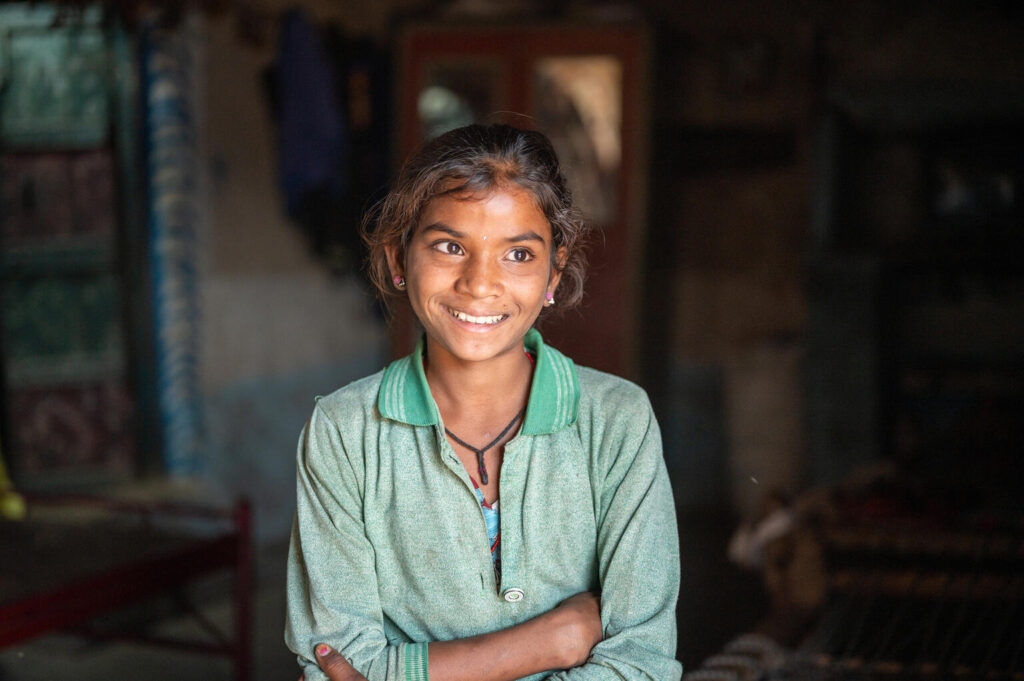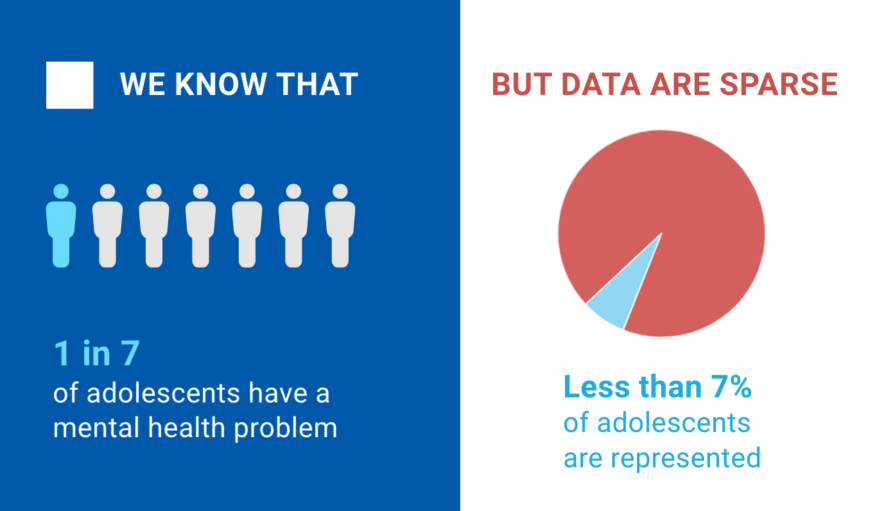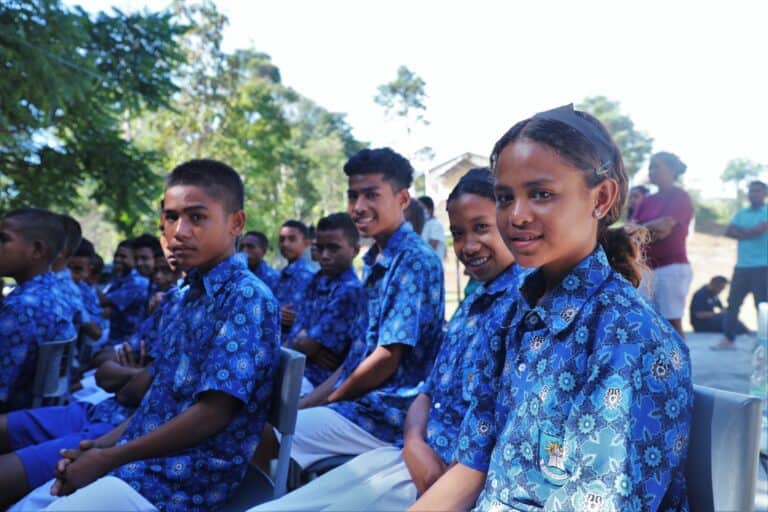Globally, mental health conditions are among the top causes of disability and death for adolescents. The importance of this issue has been highlighted in the Sustainable Development Goal (SDG) Agenda, which indicates the promotion of mental health and well-being as critical to reducing premature deaths. Achieving this target will require addressing and preventing the high burden of mental health conditions among adolescents.
But how can we achieve the SDG target when we know so little about adolescent mental health conditions in many countries? Issues that are not measured cannot be effectively tackled. For instance, according to recent modelled assessments, about 1 in 7 adolescents around the world are estimated to have a mental health condition, but the data used in calculations represent less than 7 per cent of the adolescent population. Moreover, most of the available data come from adolescents living in high income countries, while 90 per cent of the world’s 1.2 billion adolescents live in low- and middle-income countries.
It has been shown that addressing adolescent mental health conditions can deliver a ‘triple dividend’: improving adolescents’ health and well-being now, as they age into adulthood, and for future generations. If countries do not know the magnitude of adolescent mental health conditions, it will be challenging for them to develop and implement comprehensive policies and programs. To benefit from a ‘triple dividend’, countries must know more about adolescent mental health conditions, including how many adolescents are affected, the risks that they are exposed to, and the protective factors that help them to cope and build resilience.
Understanding the burden of adolescent mental health conditions is more critical now than ever before. As the world responds to the COVID-19 pandemic, massive school closures have caused millions of adolescents to lose contact with and support from their friends, peers, and larger social networks.
Lockdowns to reduce the spread of the virus have been associated with increased risks of domestic violence and online exploitation and bullying, both of which can exacerbate or trigger mental health conditions among adolescents. Economic insecurity arising from the pandemic has led to fewer job opportunities for adolescents who are out of school and has increased household poverty and food insecurity levels amongst the most vulnerable. In addition, adolescent access to mental health services and support has been disrupted in many countries.
Efforts to increase data on adolescent mental health conditions, needs, and responses are imperative and must continue even as the world grapples with COVID-19. It is important that countries commit to collect data and monitor adolescent mental health using comparable and standardized approaches, while still making country-specific customizations as needed to capture cultural differences. Data collection must also allow for measurement of each country’s most vulnerable adolescent groups, including younger adolescents ages 10-14 as well as minority groups, as this will be essential for understanding their unique needs and existing gaps in their support.
A series of papers presenting the need and approaches for measuring mental health has been launched as a roll out series in the Journal of Adolescent Health. See links below to specific papers that have been published so far. The launch of the complete series is planned for 2022.
- Measurement of mental health problems among adolescents and young adults throughout the world
- Commentary presenting UNICEF’s effort in developing methodological developments for measuring adolescent mental health at the population level (MMAP TAG)
- Perspective on the importance of measuring mental health among adolescents (WHO/GAMA)
- Commentary on the need for increased investment on mental health data and evidence generation (WEC/Global Future Council)
- Aligning measurement frameworks with multisectoral actions (Azzopardi, Hijazi others)
Also see ‘The Complexities of Discussing Adolescent Mental Health on Social Media During the Pandemic’, an accompanying blogpost written by an adolescent, about adolescents use of social media and the impact on their mental health.




